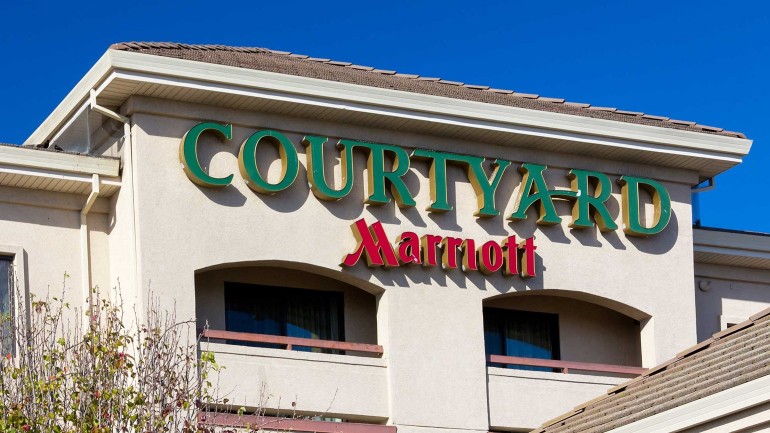Sponsored Listings:
Marriott International plans to add as many as 300,000 rooms in the next three years, as the world’s largest hotel company continues to expand its legacy select-service brands while accelerating growth at former Starwood Hotels & Resorts select-service brands, such as Aloft and Element.
To put that growth in perspective, 300,000 rooms is almost twice Hyatt Hotels’ entire global inventory and would amount to building one hotel every 14 hours.
Marriott also announced at its annual meeting with security analysts and institutional investors in New York last week that the company had invested an undisclosed amount in the in-destination, metasearch service PlacePass in order to better serve the loyalty guests in the Marriott Rewards and Starwood Preferred Guest programs, which collectively have more than 100 million users.
Marriott, which completed its $13 billion acquisition of Starwood last September, will streamline the sales force that is dedicated to serving Marriott’s 750 largest corporate customers by April 1 in order to be better prepared for the corporate-pricing season, which starts in May.
“The Starwood acquisition is a perfect fit for our business strategy,” Marriott CEO Arne Sorenson said. “Marriott continues to be a growth machine.”
With almost 1.2 million rooms worldwide already, Marriott has about 420,000 rooms in its development pipeline. Select-service brands Fairfield Inn and Courtyard have 370 hotels and 280 hotels in development, respectively, making those brands Marriott’s largest in terms of development.
Starwood’s former Aloft select-service brand, which has 126 properties worldwide, has another 135 hotels in its development pipeline, while the 23-unit Element, another former Starwood brand, has 73 properties under development. Tony Capuano, Marriott’s global chief development officer, said, “We’re not trying to grow Aloft from a dead stop. This is a great brand that’s already experiencing great growth. Aloft has a very bright future on a global basis.”
The PlacePass investment represents a point of departure for Marriott. Founded last year, the Cambridge, Mass.-based company offers listings and price comparisons for more than 100,000 “authentic local” experiences in 800 destinations worldwide, including activities such as a picnic in the Grand Canyon, a tour of U.K. filming sites for the “Downton Abbey” TV series and the chance to cook pasta with a chef in Italy’s Tuscany region.
Marriott appears to be taking a cue from companies such as TripAdvisor and Airbnb, both of which have in recent years branched outside their core businesses to invest in in-destination listings services. In 2014, Trip-Advisor, the largest travel-review site, acquired Viator, an online booking service for tours and attractions, for $200 million. Last November, peer-to-peer accommodations service Airbnb debuted its Trips offerings by adding listings to local tours and experiences in 12 cities. It is slated to offer Trips in 50 cities by the end of this year.
Stephanie Linnartz, Marriott’s global chief commercial officer, told analysts and investors, “We want to be able to provide more value to customers so that they’re more engaged with us. The loyalty program is incredibly important to driving the top line.”
Marriott also acknowledged that it could lose as many as 40,000 rooms by 2019 and mentioned Sheraton, formerly Starwood’s upper-upscale badge, as a brand where some of the deflaggings may occur. The company, which met with owners of the “bottom 25” U.S. Sheratons last month, said it reached agreements for 17 of those hotels to be renovated and two to be reflagged under either Four Points or Courtyard, implying that owners of the other six could lose their flags. “Starwood did really great work around [establishing] standards, but they did not pull the trigger,” Sorenson said. “We will have some public executions for those that don’t step up to meet those brand standards.”
Sоurсе: travelweekly.com










